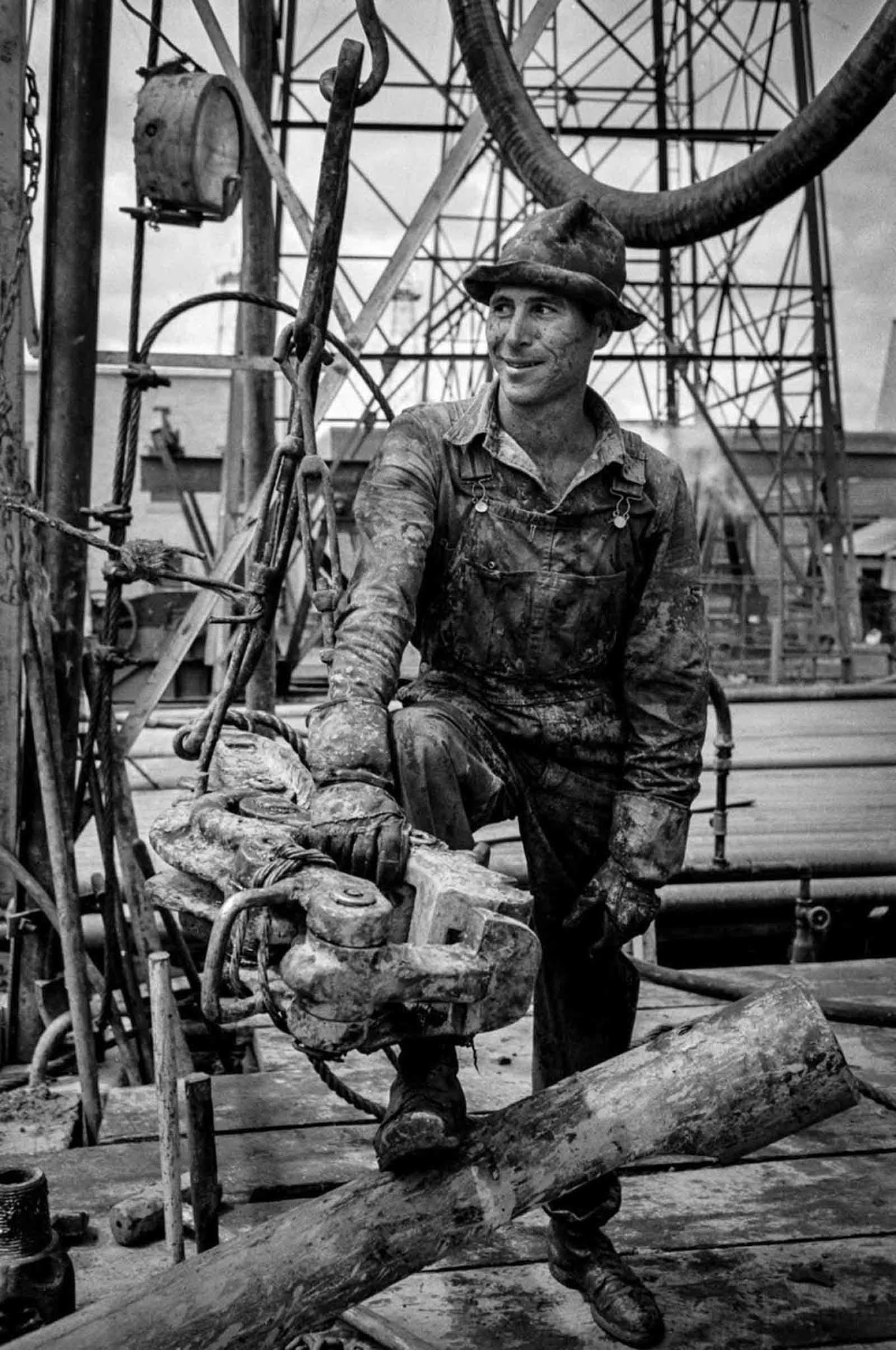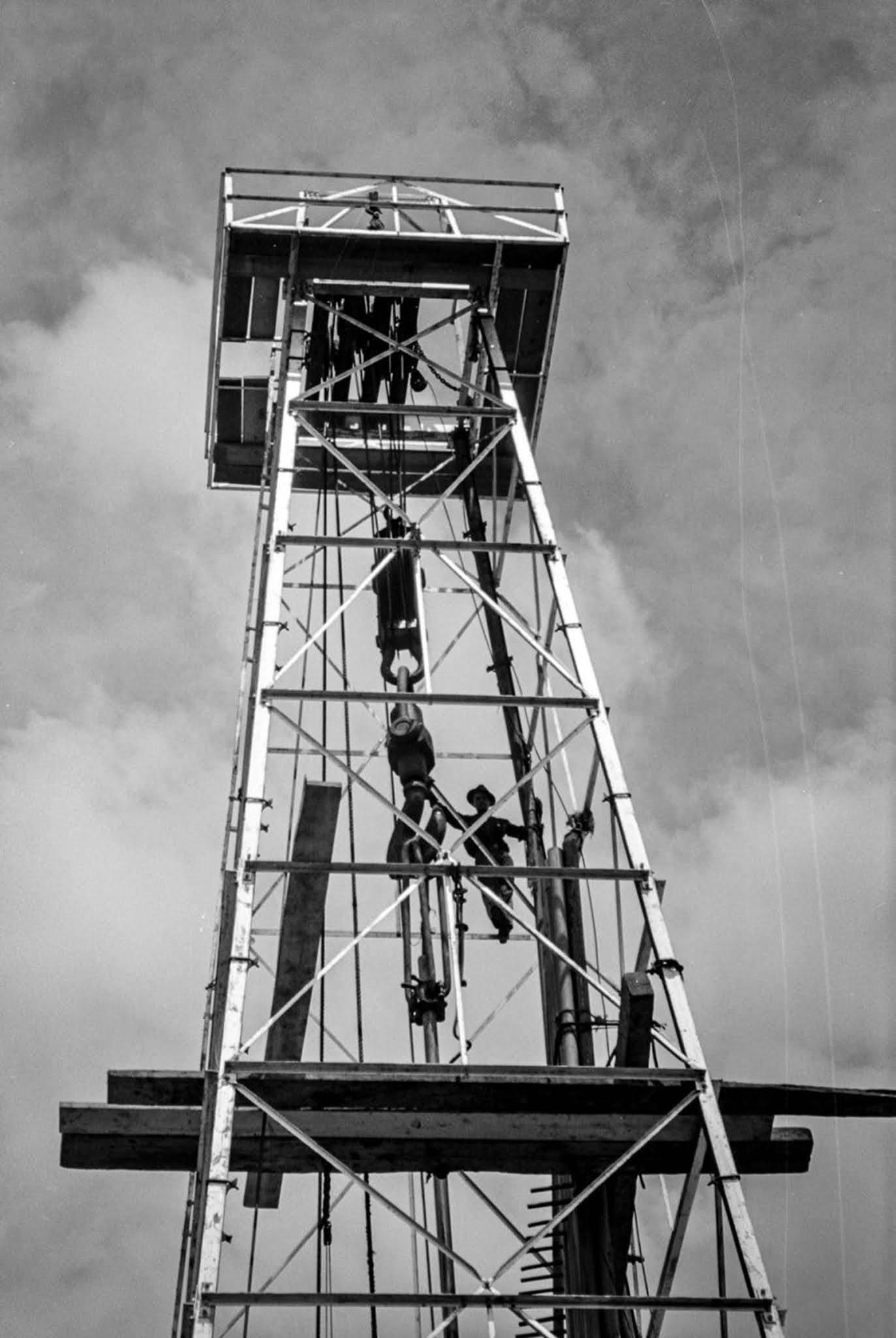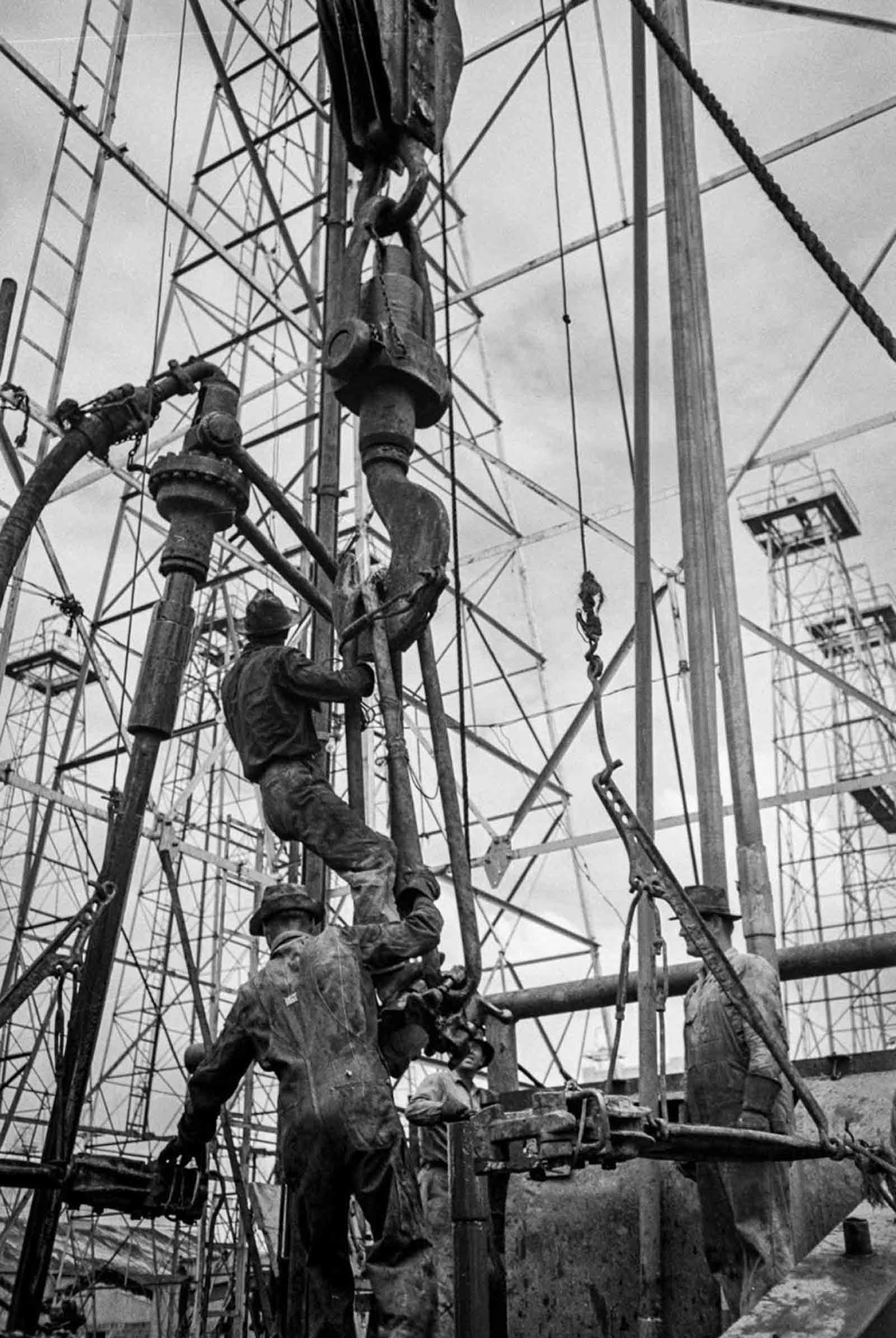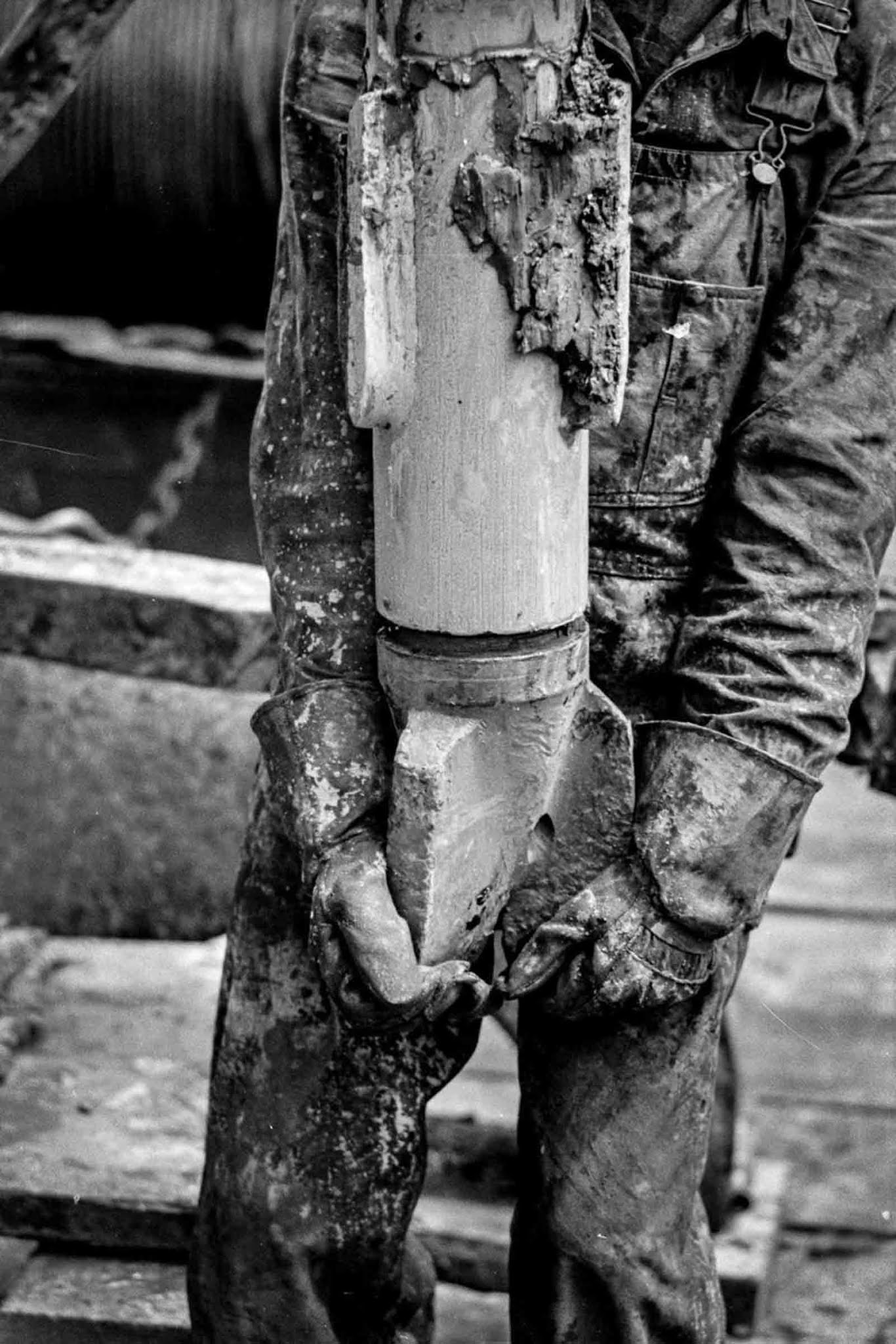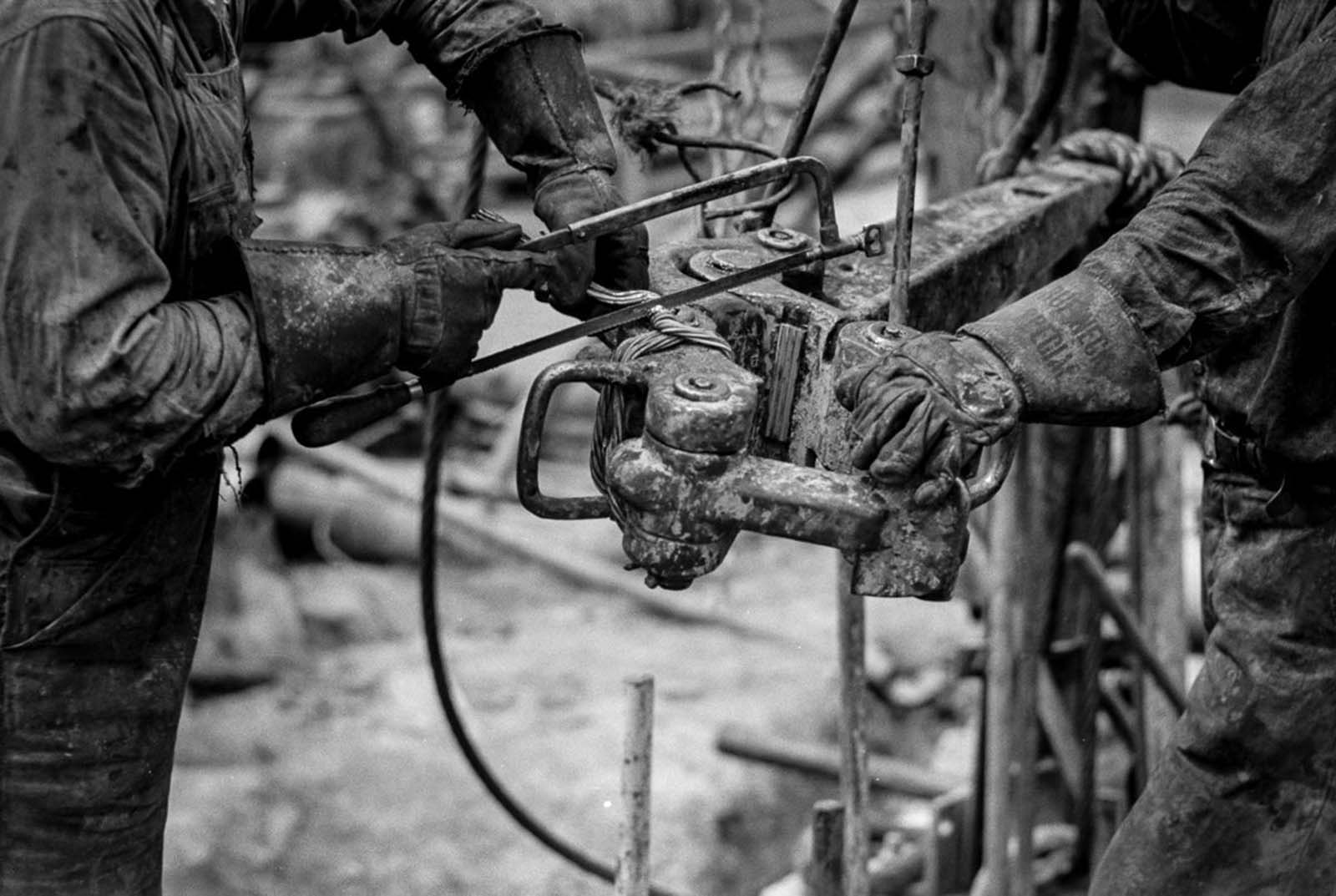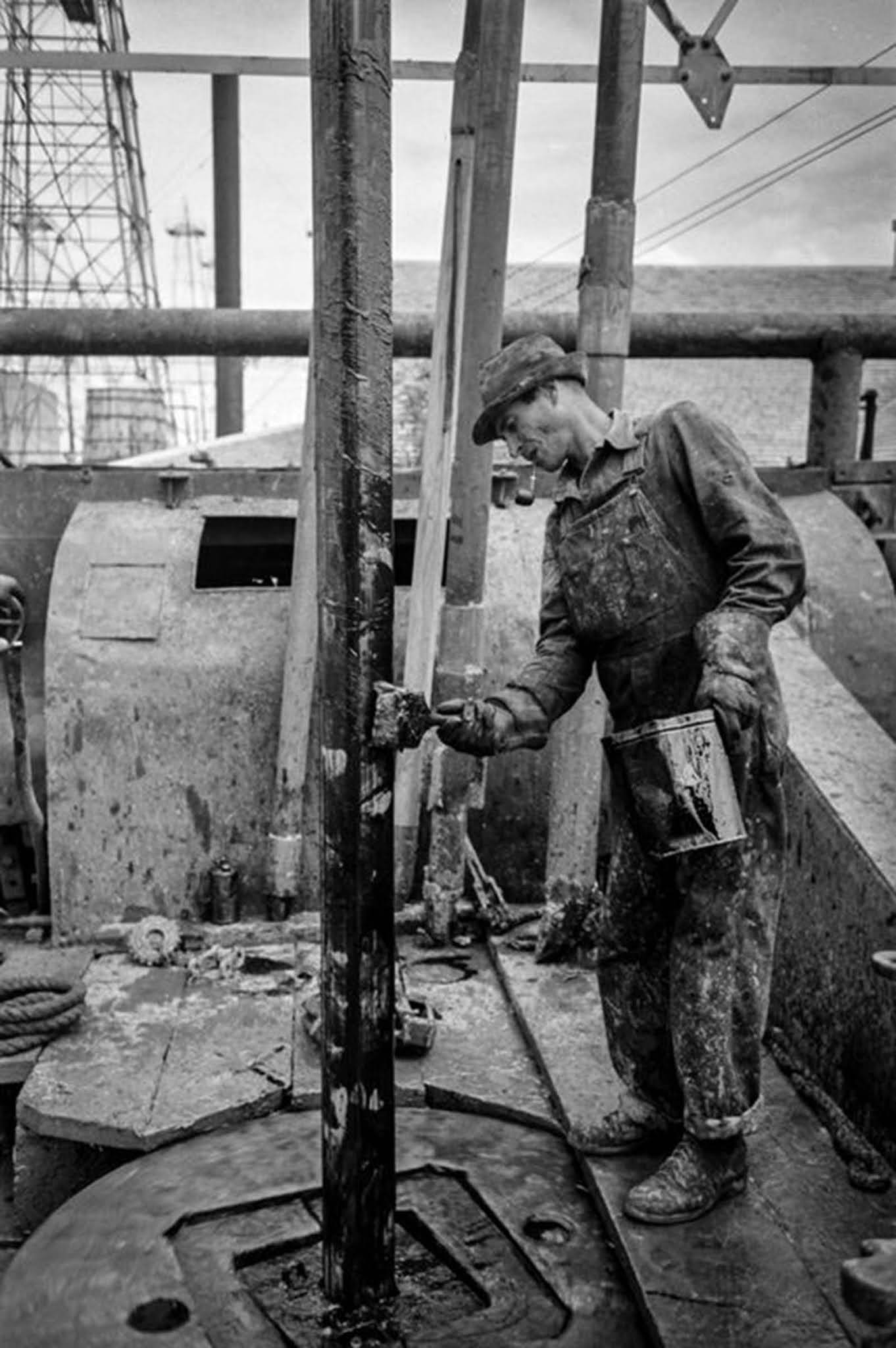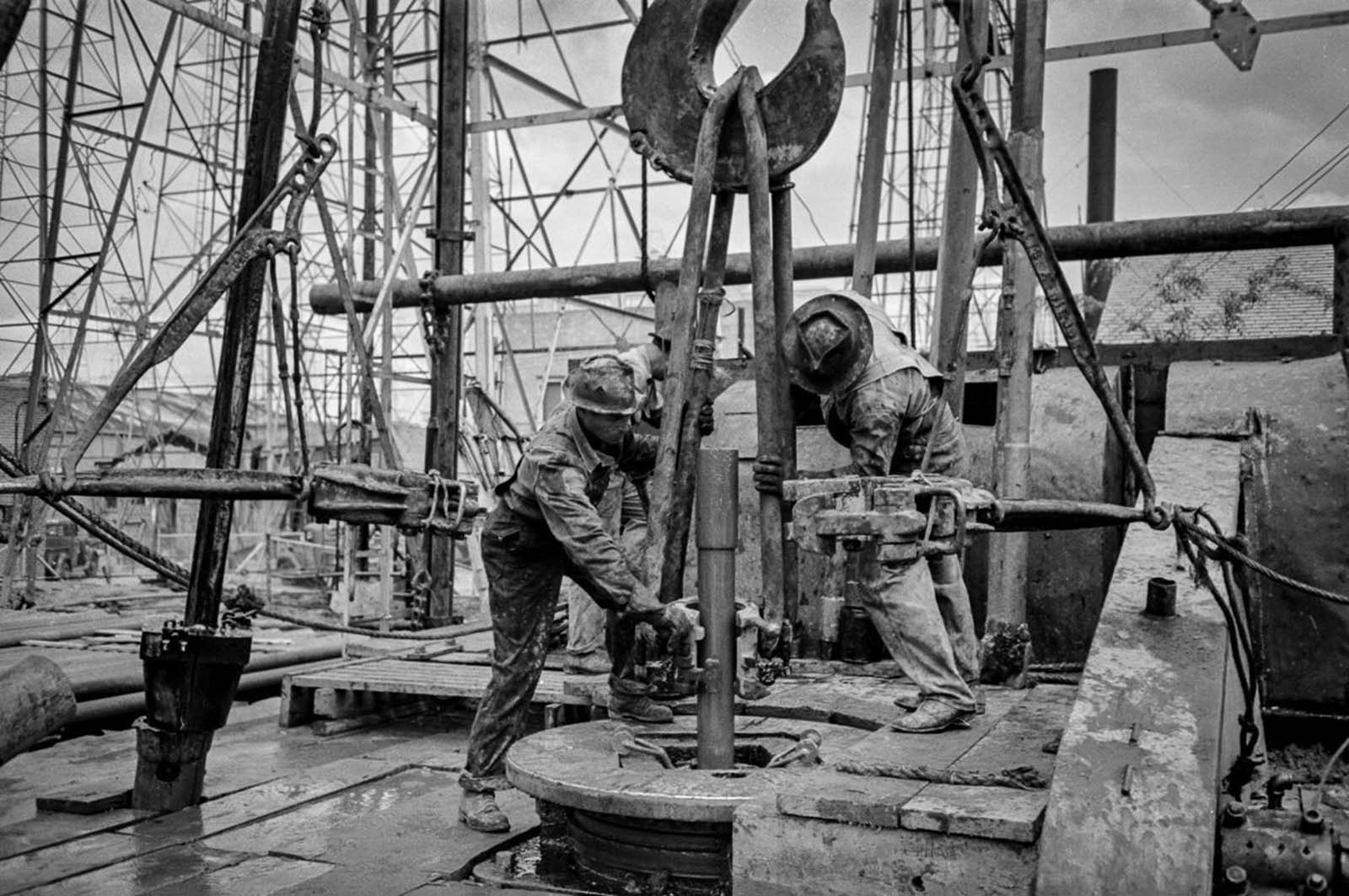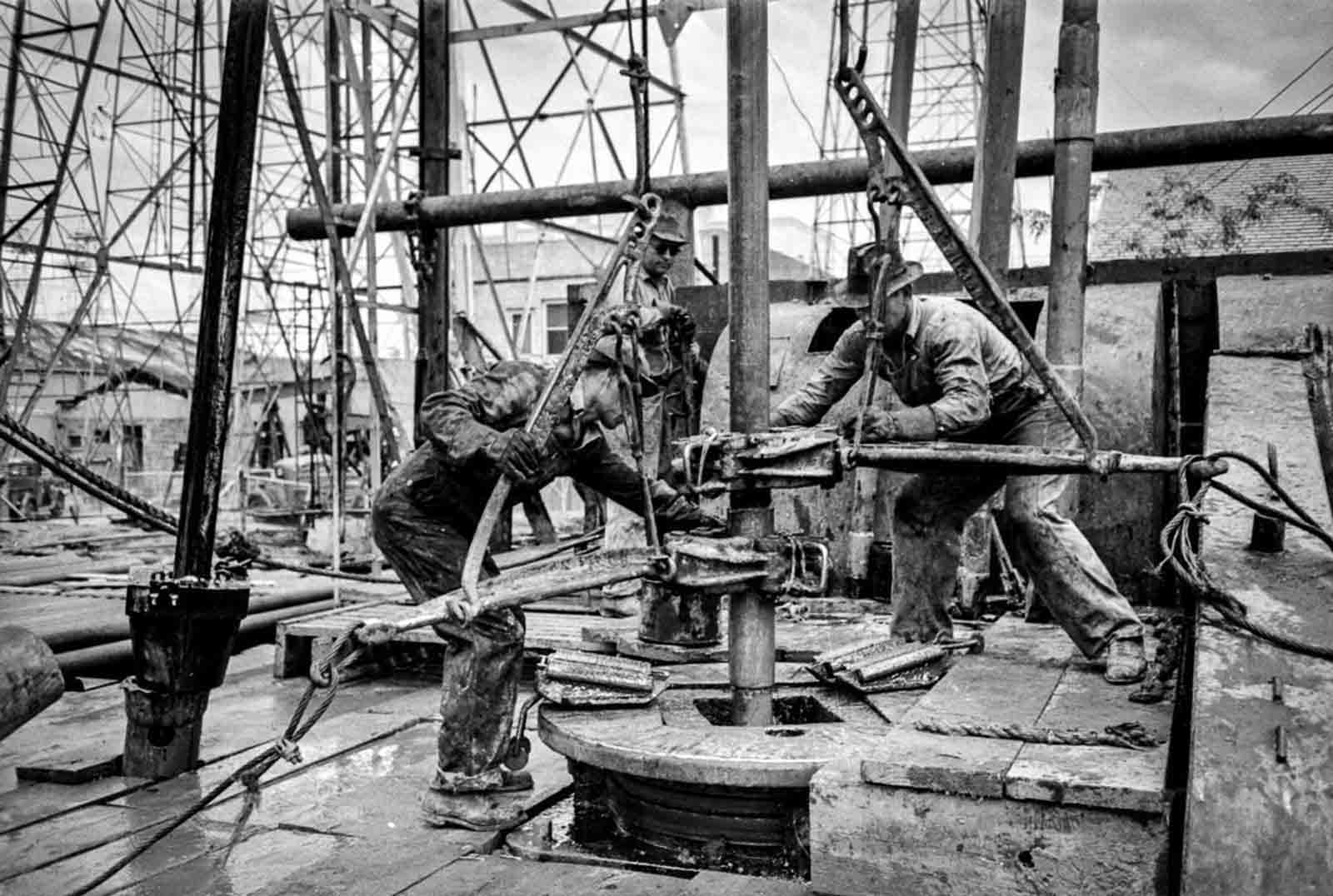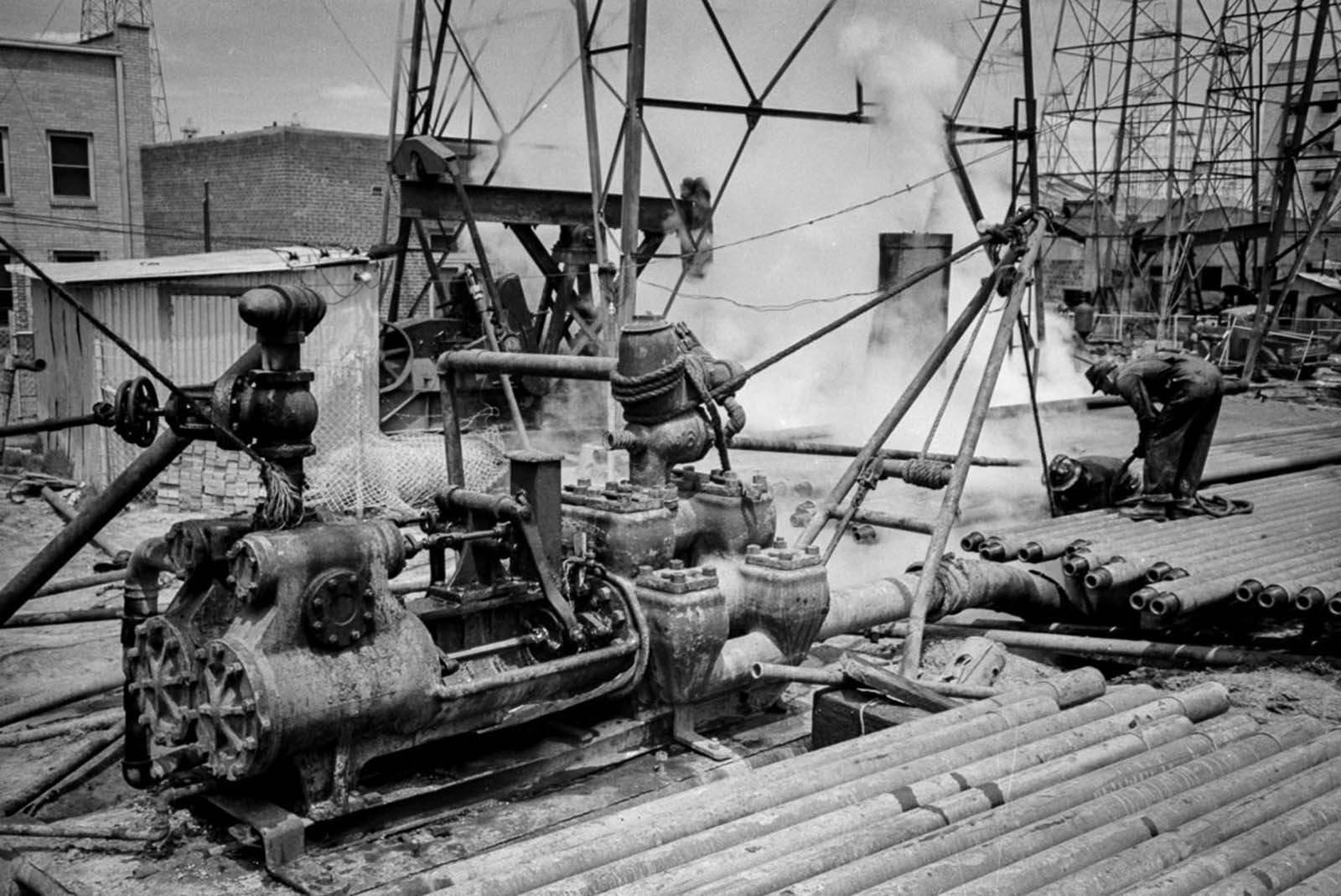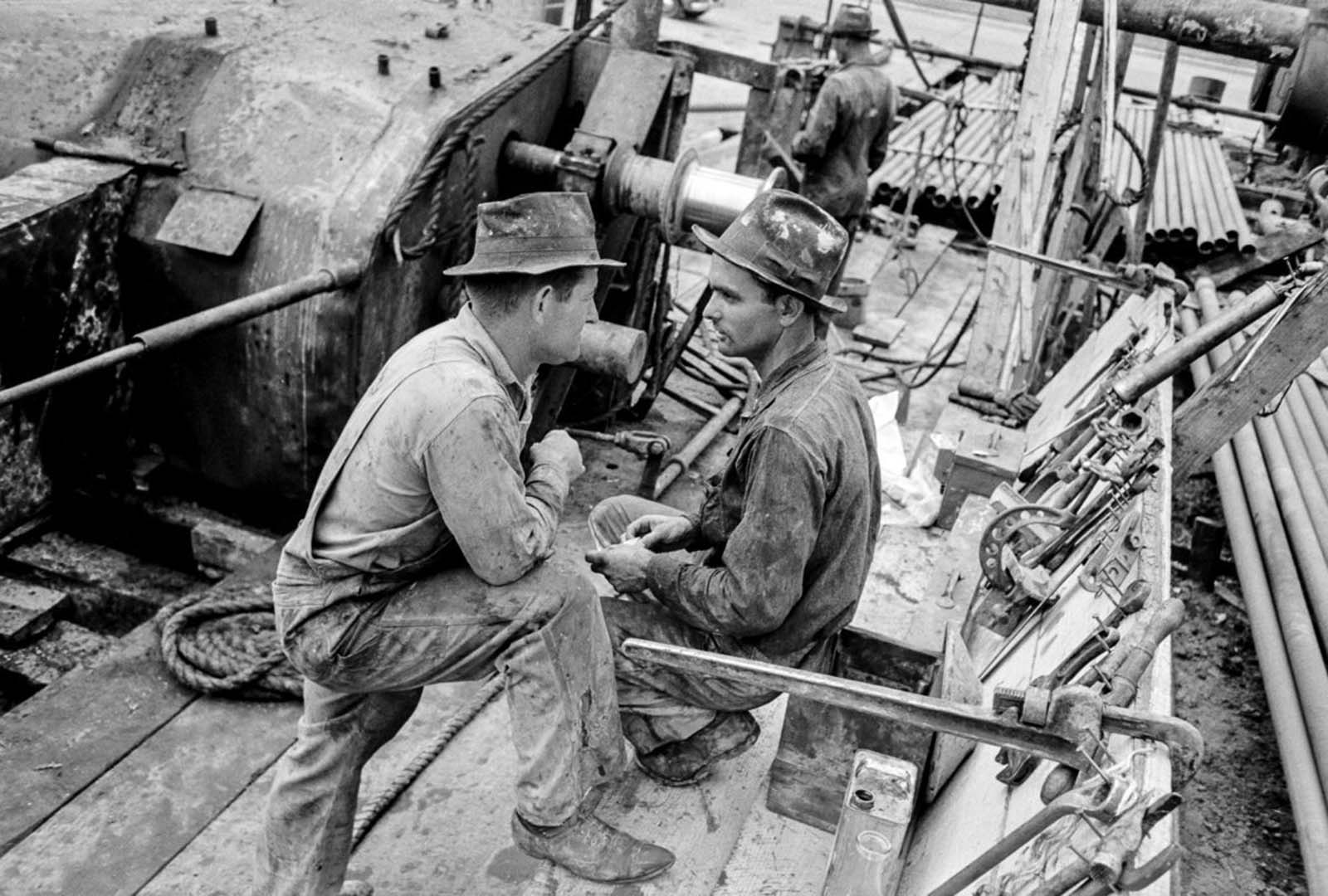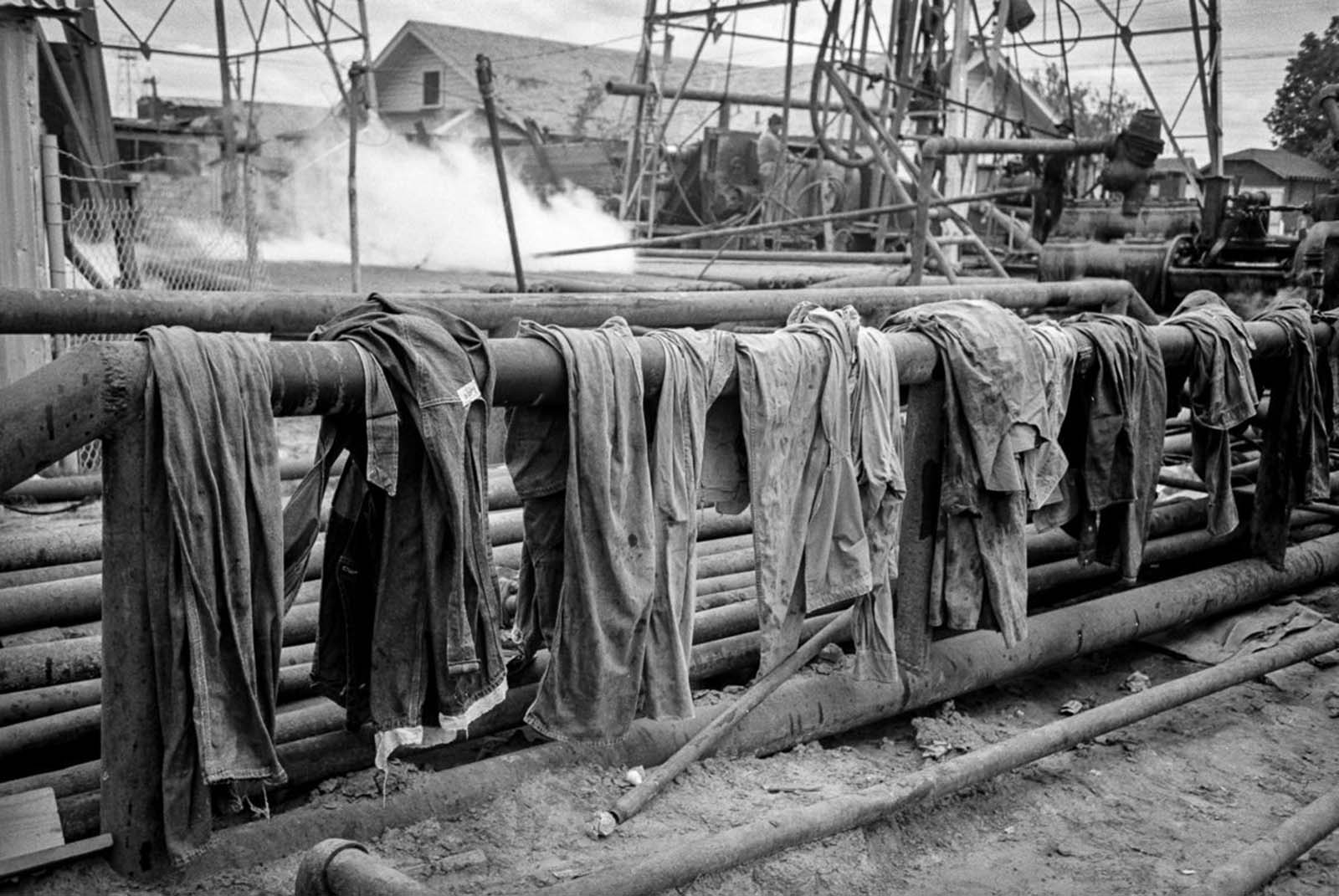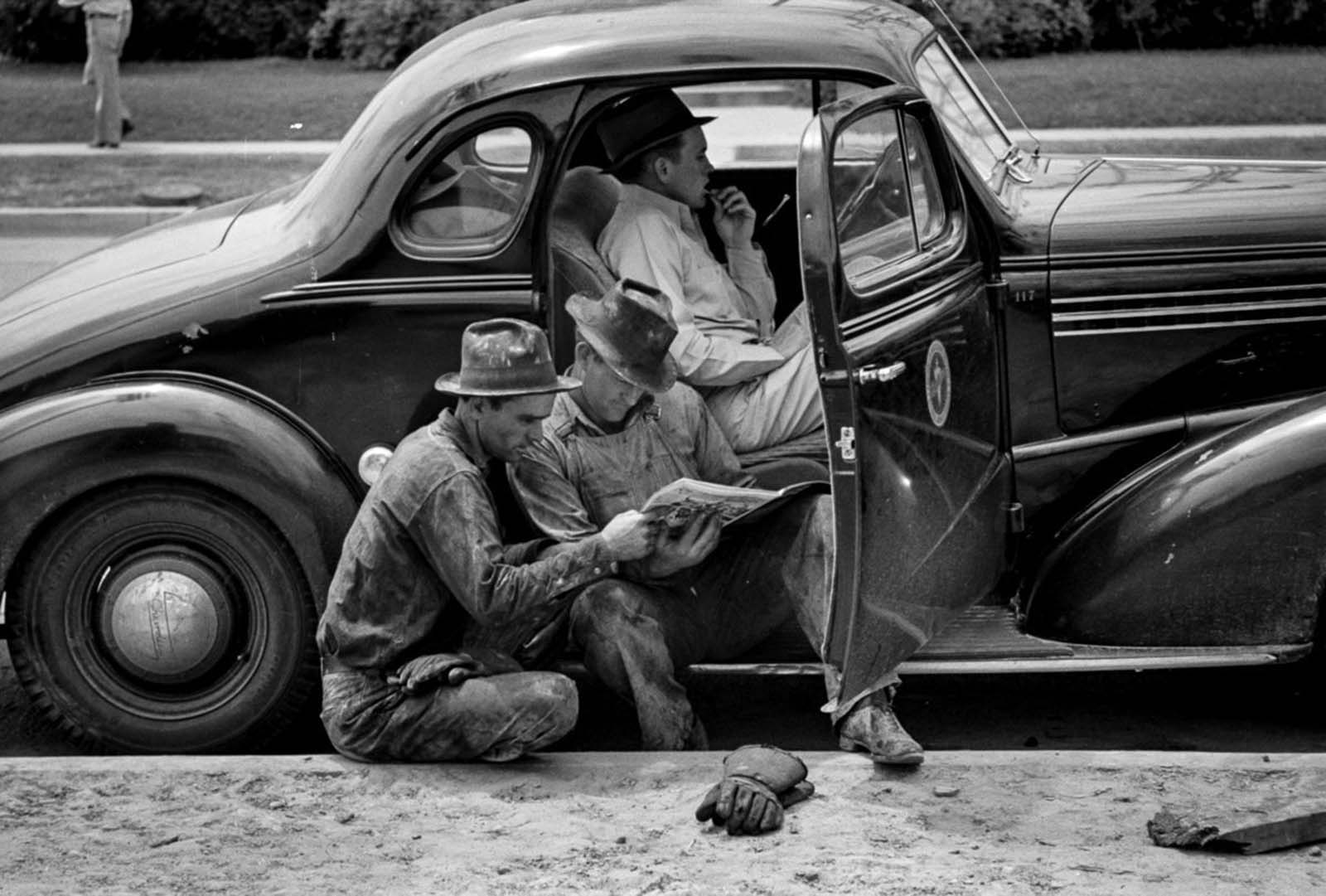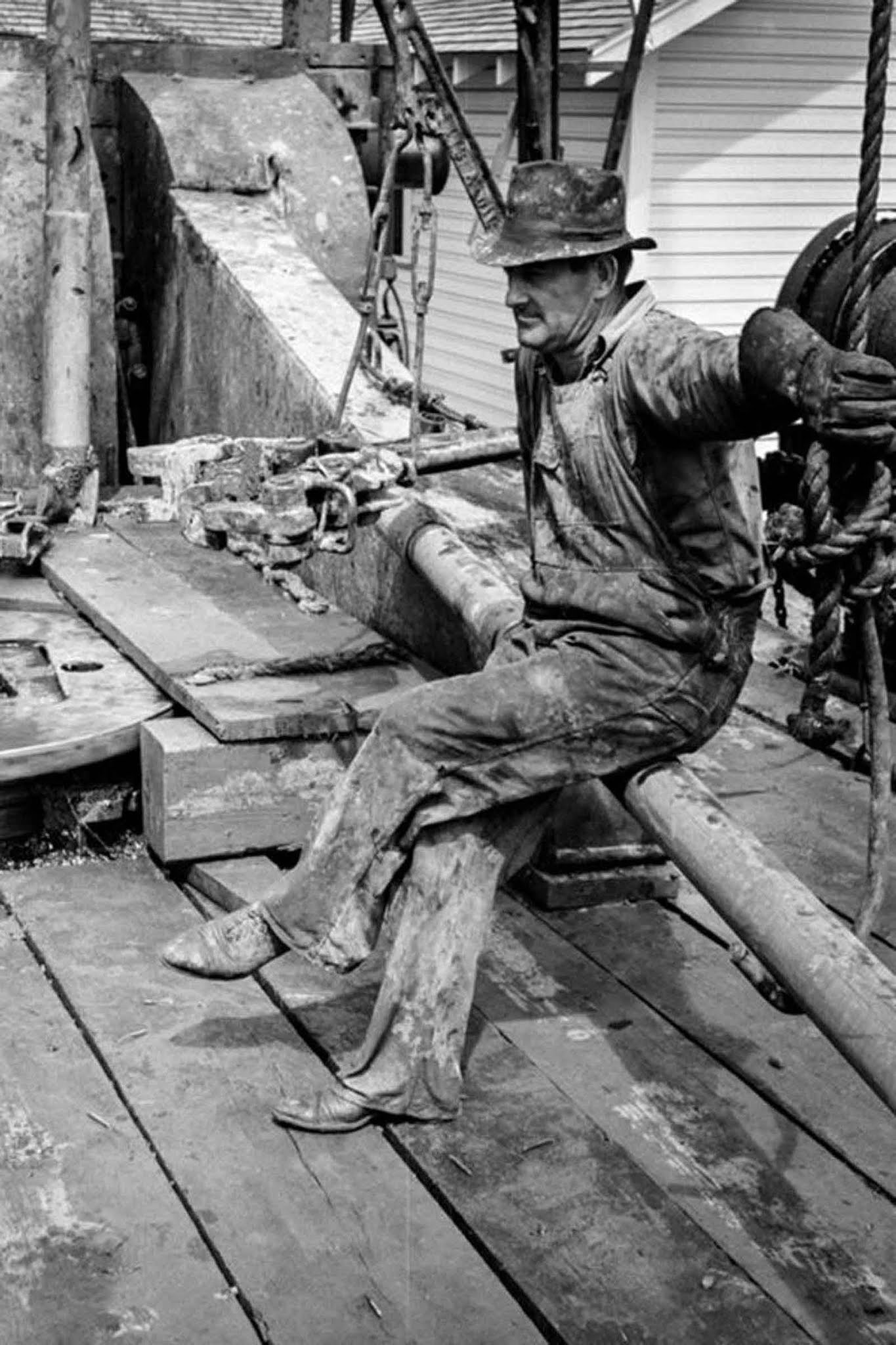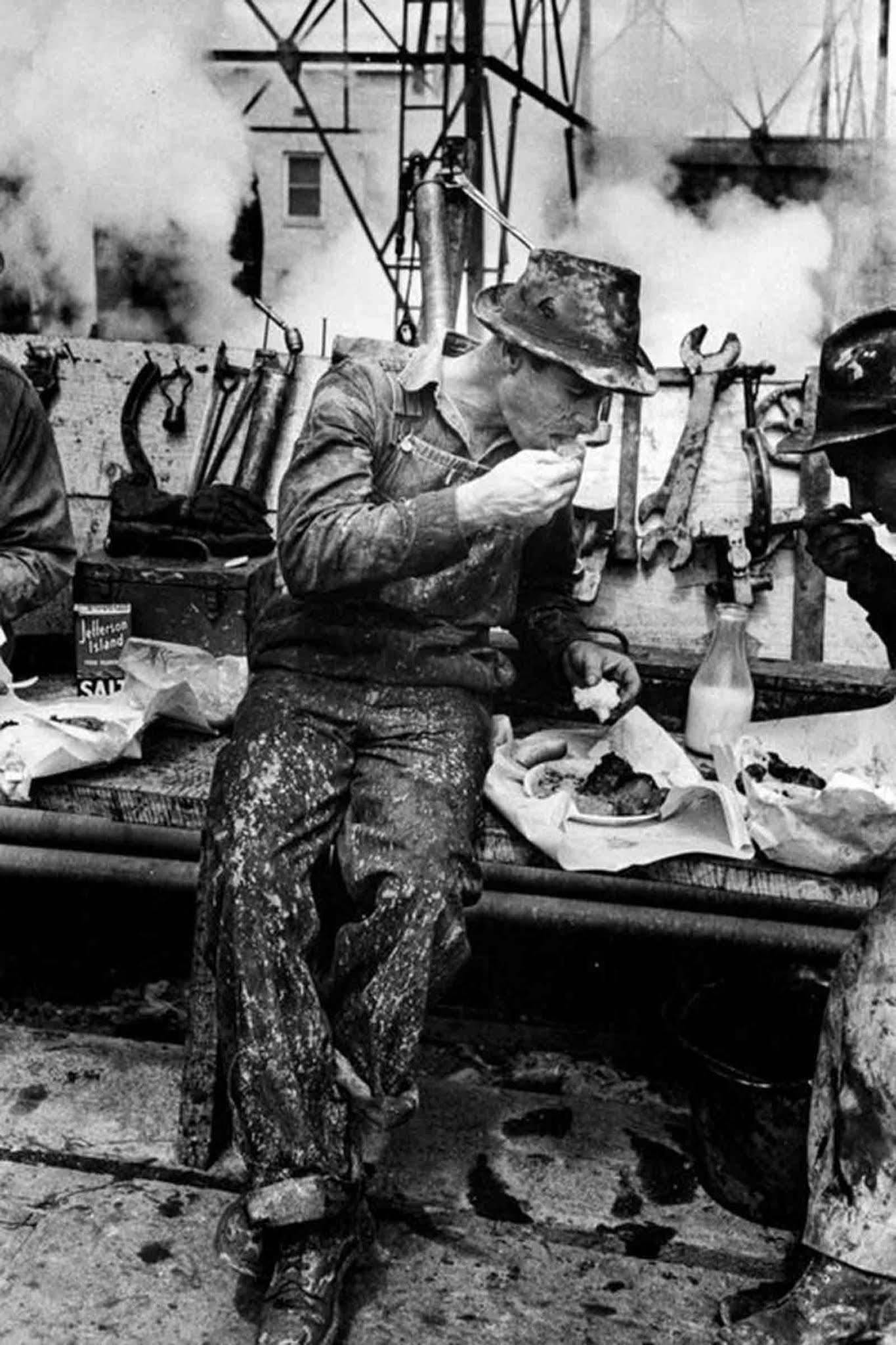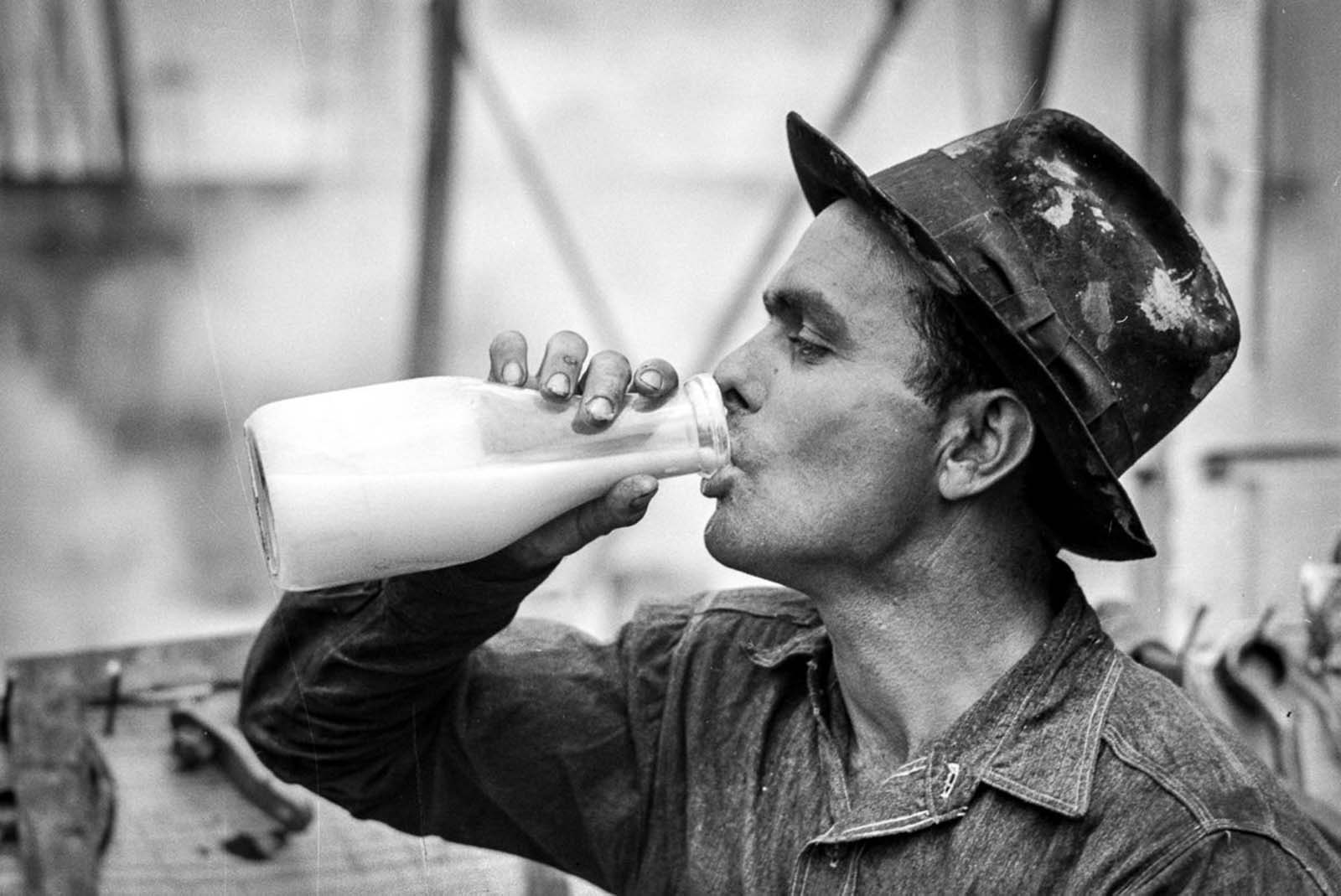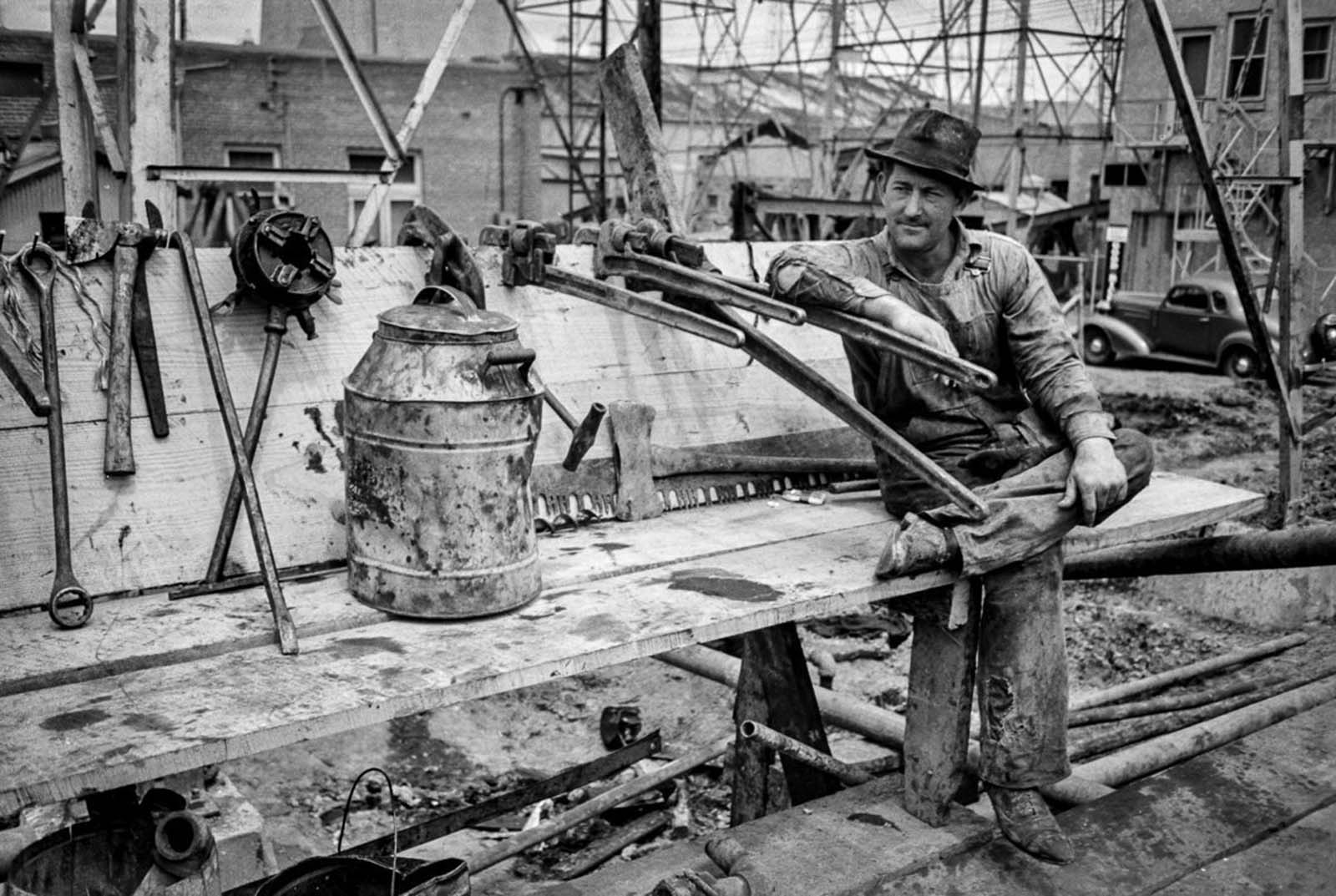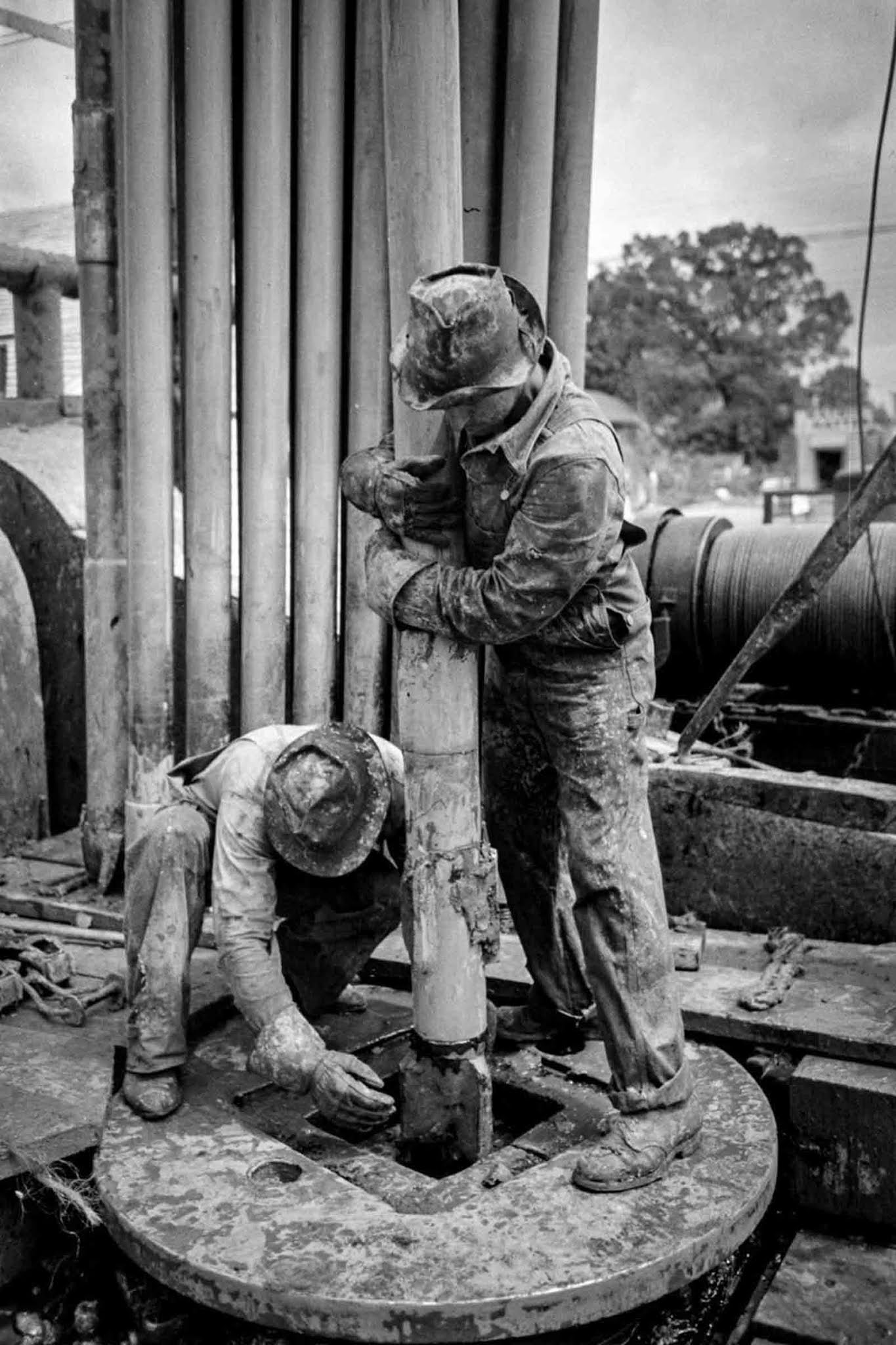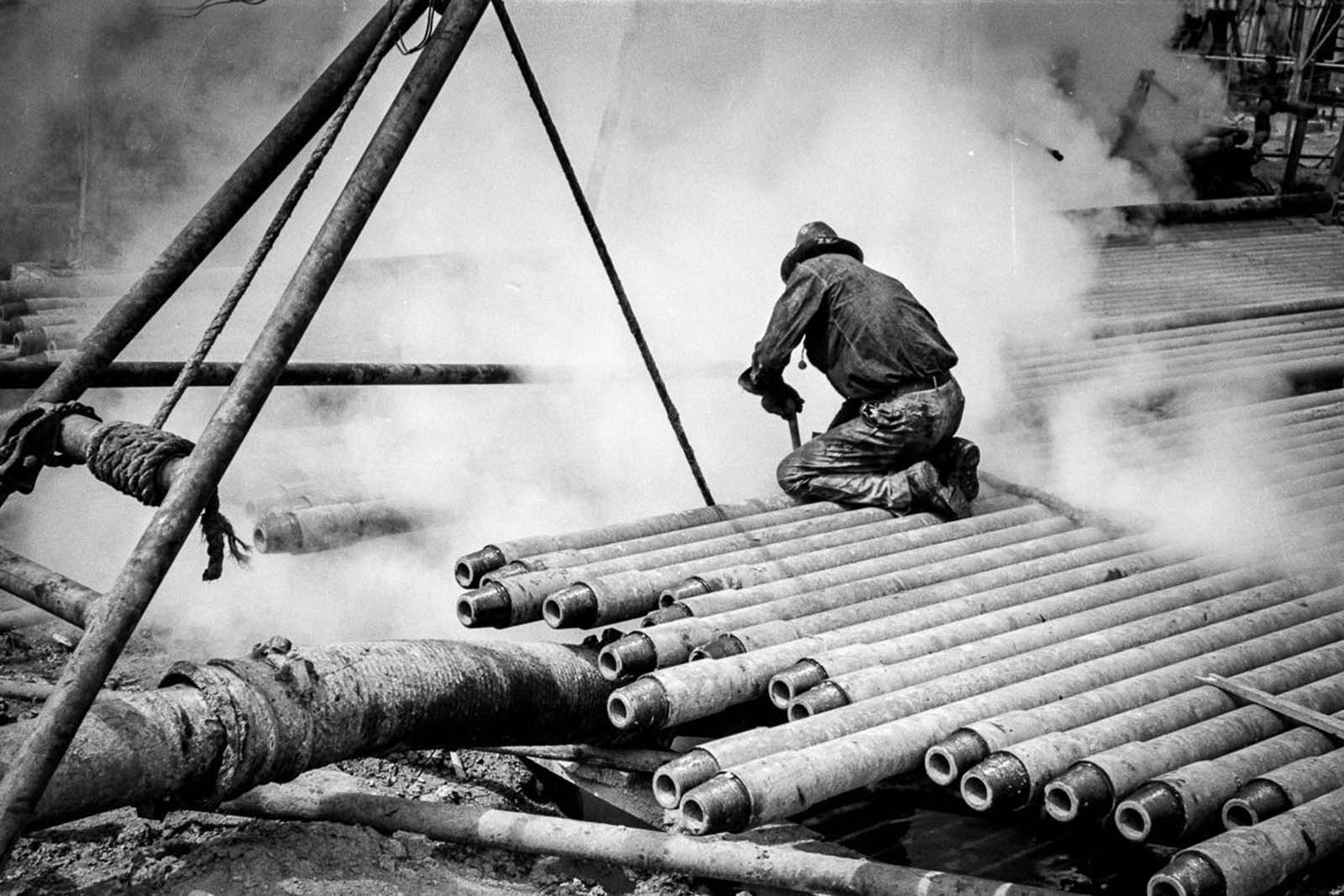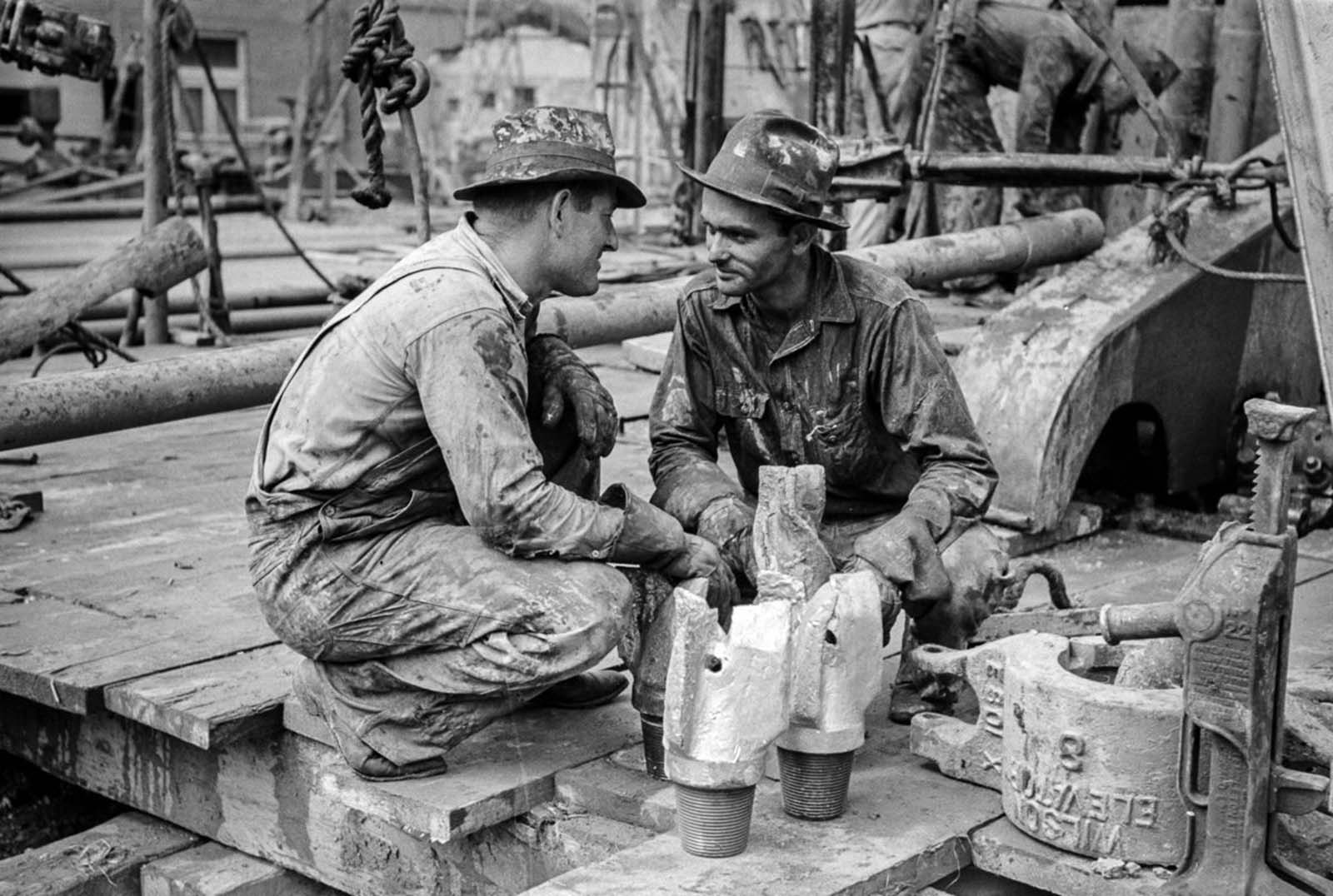This changed when on October 3, 1930 when Columbus Marion Joiner, nicknamed Dad Joiner, discovered the East Texas field, the largest petroleum deposit yet found at that time. The economical boom was on and, at least in this area, the Great Depression was all but forgotten. By the early spring of 1931, the widely-spaced discoveries revealed the vastness of the field as hundreds of small operators began its unconventional development. Unlike earlier fields, such as Big Lake or Yates, which were controlled by one or a few operators who developed them by an orderly plan, East Texas field had no plan and no governor. Many landowners carved their holdings into small mineral leases that could be measured in feet, offering them to the highest bidder. As the leasing frenzy seized the five counties of the field, Kilgore became the center of the boom. In that small town, wells were drilled in the yards of homes, and derrick legs touched those of the next drilling unit. One city block in Kilgore contained forty-four wells. Whether in town or on farms, independent operators were compelled to drill wells as quickly as possible to prevent neighboring producers from sucking up their oil. This principle, known as the rule of capture, guided the development of oilfields since the 1889 Pennsylvania Supreme Court decision gave ownership of oil to the one who captured it, even if part of that oil migrated from an adjoining lease. Overall, East Texas Oil Field covers 140,000 acres (57,000 ha) and parts of five counties, and has 30,340 historic and active oil wells. It is the second-largest oil field in the United States outside Alaska, and first in total volume of oil recovered since its discovery in 1930. Over 5.42 billion barrels of oil have been produced from it to-date. The pictures shown here were taken in 1939 by Farm Security Administration photographer Russell Lee, who passed through Kilgore and spent a whole day interacting with the workers. He photographed the mud-spalltered and scorched roughnecks as they worked had to keep the machinery running. Roughneck is a term for a person whose occupation is hard manual labor. The term applies across a number of industries, but is most commonly associated with the workers on a drilling rig.
(Photo credit: Russell Lee / Library of Congress). Notify me of new posts by email.
Δ Subscribe
